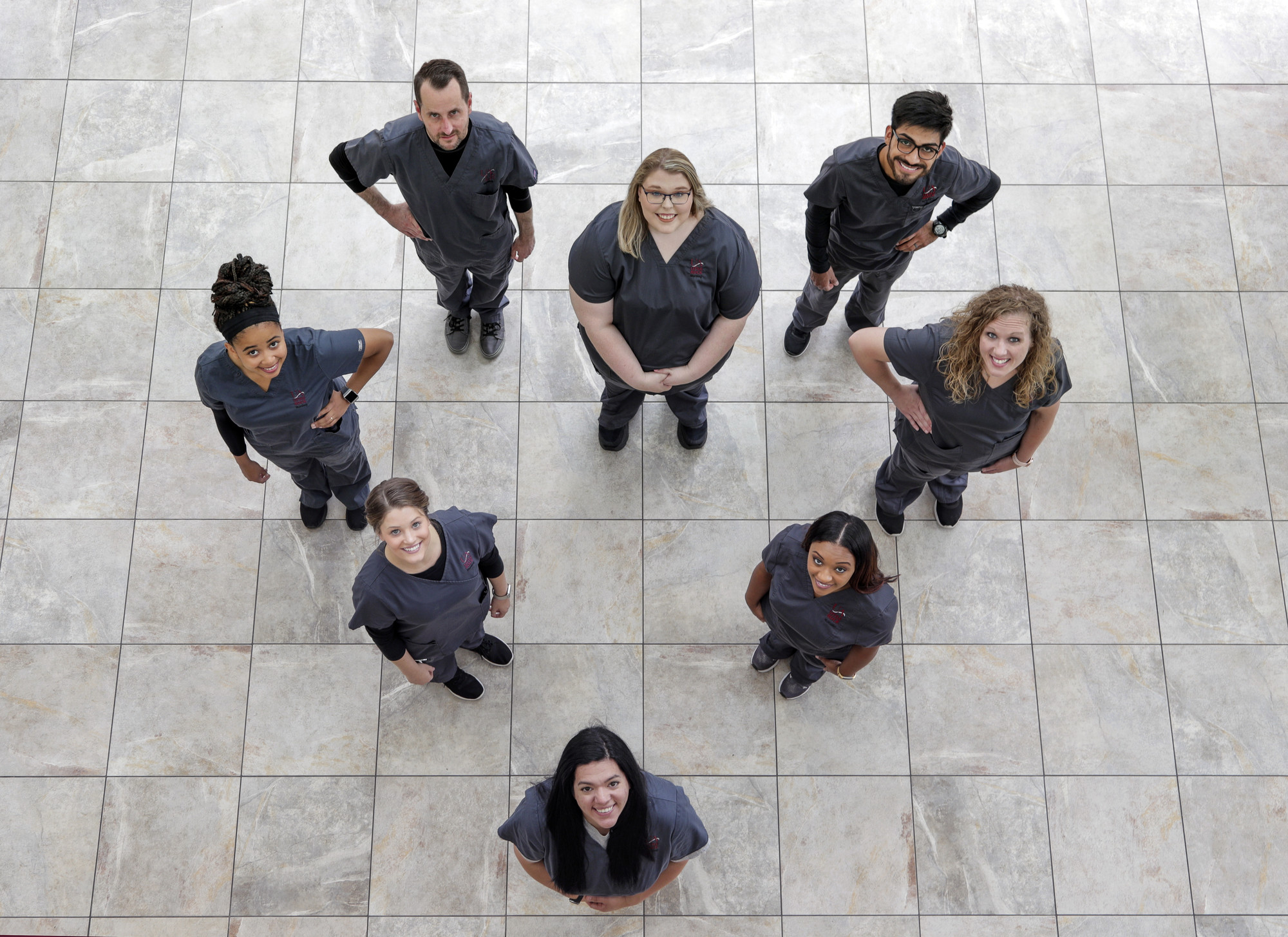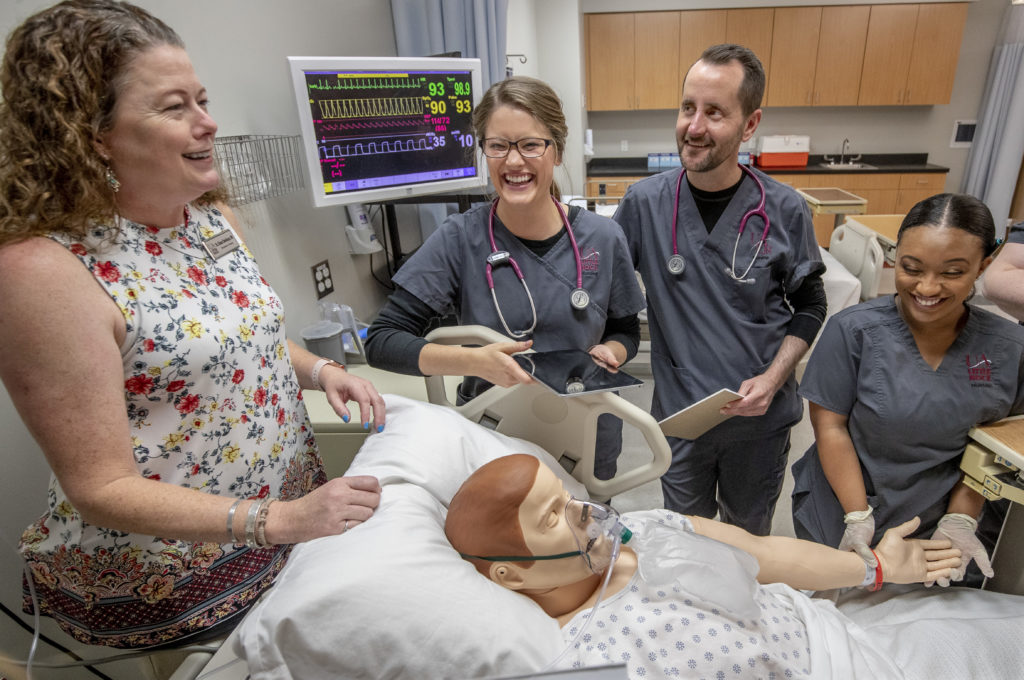UA Little Rock celebrates half a century of more than 4,100 registered nurses

The University of Arkansas at Little Rock has graduated more than 4,100 registered nurses since the accredited degree program began in 1970. Most of these graduates earned an associate’s degree (ASN), but many went on to earn a bachelor’s degree (BSN), even while working full-time. A great many across both degrees used the paramedic and Licensed Practical Nursing (LPN) transition program.
Countless nurses leveraged their hard work and success to serve in nearby hospitals, medical centers, offices or small practices, said Ann Bain, provost and executive vice chancellor at the university. Bain is a former nurse herself who, at various points, has been a faculty member of, then chair of the Department of Nursing, and dean of the College of Education and Health Professions.
That sense of community service from a city university is what the administrators and chiefs at what was then St. Vincent Infirmary intended when they helped UA Little Rock begin its nursing program in the late 1960s. By 1970, the year it was accredited, the program enrolled about 45 students and maintained a lean staff of two faculty and a director. This May, 350 students will begin journeys toward ASNs, joining 330 currently enrolled and another 250 BSN candidates.
The investment CHI St. Vincent made more than half a century ago has accrued to the benefit of both landmark institutions.
“UA Little Rock has been a vital source of nurses that has helped CHI St. Vincent to continue to deliver exceptional health care to the state of Arkansas. The training and preparation of the UA Little Rock program helps the nurses acclimate quickly to the care environment,” said Bryan Williams, CHI St. Vincent’s senior vice president and chief nurse executive.
Practice, Perfect
Bain was one of the chief creative forces behind the program’s Interdisciplinary Health Education Center (SCIHEC), an innovative health care simulation facility located on the ground floor of the Pat Walker Center for Nursing Education building on campus. The 3,800-square-foot facility features a 20-bed simulation hospital unit. There, students can train for real-world events from anaphylactic shock to cardiac arrest to mental illness. The scenarios are brought to life by paid actors (sometimes in the role of family or other caregivers). Students are coached by faculty, sometimes over speaker, and granted the benefit of hindsight with a video recording.
“We bring that fidelity to the simulation classroom,” said Sloan Davidson, chair of the School of Nursing at UA Little Rock. “Students have an opportunity to experience what it’s like to operate as the RN in a scenario. This is not the case in the hospital” — or not without liabilities.
The simulation unit has been a boon to recruitment, and an assurance to area hospitals who know UA Little Rock-trained nurses have hours of simulated, real-world experience, Bain said.
“UA Little Rock taught me the personal and professional skills I’ve needed as a nurse,” said Mike Stramiello, BSN, RN, currently serving as a nurse at Saline Memorial Hospital. “The unique environment cultivated a depth of understanding and hands-on experience that has enabled me to care for my patients and give back to my community.”

